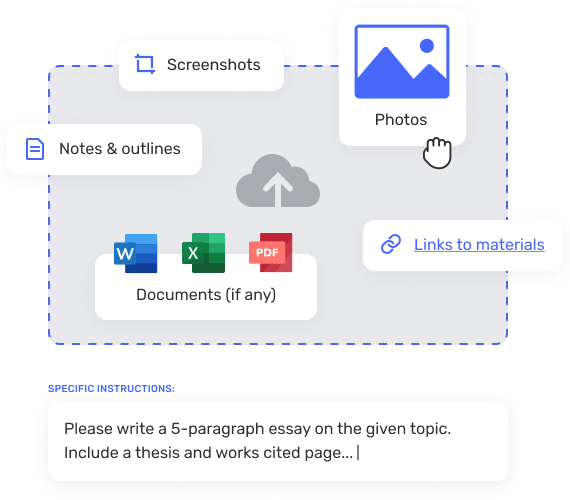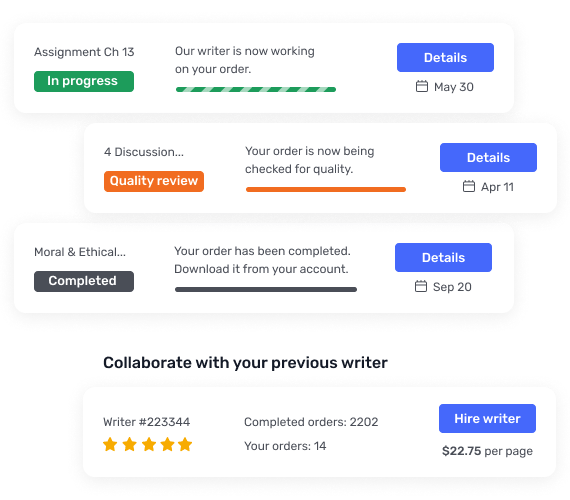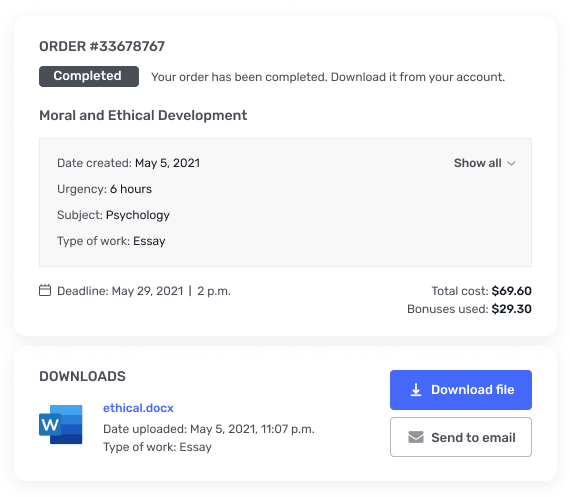Footwear Inc. manufactures a complete line of men
2-3, (Break even point and operating leverage) Footwear Inc. manufactures a complete line of men and women’s dress shoes for independent merchants. The average selling price of its finished product is $85 per pair. The variable cost for this same pair of shoes is $58. Footwear Inc. incurs fixed costs of $170,000 per year.a. What is the break-even point in pairs of shoes for the company?b. What is the dollar sales volume the firm must achieve to reach the break-even point?c. What would be the firm’s profit or loss at the following units of production sold: 7,000 pairs of shoes? 9,000 pairs of shoes? 15,000 pairs of shoes?12-4 (break even point and selling price) Parks Castings Inc. will manufacture and sell 200,000 units next year. Fixed costs will total $300,000 and variable costs will be 60 percent of sales.a. The firm wants to achieve a level of earning before interest and taxes of $250,000. What selling price per unit is necessary to achieve this result?b. Set up an analytical income statement to verify your solution to part a.Mini Case (pg. 369)Imagine that you were hired recently as a financial analyst for a relatively new, highly leveraged ski manufacturer located in the foothills of Colorado’s Rocky Mountains. Your firm manufactures only one product, a state-of-the-art snow ski. The company has been operating up to this point without much quantitative knowledge of the business and financial risks it faces.Ski season just ended, however, so the president of the company has started to focus more on the financial aspects of managing the business. He has set up a meeting for next week with the CFO, Maria Sanchez, to discuss matters such as the business and financial risks faced by the company. Accordingly, Maria has asked you to prepare an analysis to assist her in her discussions with the president.As a fist step in your work, you complied the following information regarding the cost structure of the company:Output level 80,000 unitsOperating assets $4,000,000Operating asset turnover 8 timesReturn on operating assets 32%Degree of operating leverage 6 timesInterest expense $600,000Tax rate 35%14-1, (Financial forecasting) Zapatera Enterprises is evaluating its financing requirements for the coming year. The firm has been in business for only 1 year, but its CFO predicts that the firm’s operating expenses, current assets, net fixed assets, and current liabilities will remain at their current proportion of sales.Last year Zapatera had $12 million in sales, and net income of $1.2 million. The firm anticipates that next year’s sales will reach $15 million, with net income rising to $2 million. Given its present high rate of growth, the firm retains all it’s earning to help defray the cost of new investments.The firm’s balance sheet for 2010 is found below:Zapatera Enterprises Inc.Balance Sheet12/31/2010 % of salesCurrent assets $3,000,000 25%Net fixes assets 6,000,000 50%Total 9,000,000Liabilities and Owners EquityAccounts payable $3,000,000 25%Long-term debt 2,000,000 NATotal liabilities $5,000,000Common stock 1,000,000 NAPaid in capital 1, 800,000 NARetained earnings 1, 200,000Common equity 4,000,000Total 9,000,000Estimate Zapatera’s financing requirements (i.e., total assets) for 2011 and its discretionary financing needs (DFN).14-3 (Financial forecasting) Sambonoza Enterprises projects its sales next year to be $4 million and expects to earn 5 percent of that amount after taxes. The firm is currently in the process of projecting its financing needs and has made the following assumptions (projections):1. Current assets will equal 200 percent of sales, and fixed assets will remain at their current level of $1 million.2. 2. Common equity is currently $0.8 million, and the firm pays out half its after-tax earnings in dividends.3. The firm has short-term payables and trade credit that normally equal 10 percent of sales, and it has no long-term debt outstanding.4. What are Sambonoza’s financing needs for the coming year?14-6 (Cash budget) The Sharpe Corporations projected sales for the first 8 months of 2011 are as follows:January $190,000 May $ 300,000February 120,000 June 270,000March 135,000 July 225,000April 240,000 August 150,000Of Sharpe’s sales, 10 percent is for cash, another 60 percent is collected in the month following the sales, and 30 percent is collected in the second month following sales. November and December sales for 2010 were $220,000 and $175,000, respectively.Sharpe purchases its raw materials 2 months in advance of its sales. The purchases are equal to 60 percent of the final sales price of Sharpe’s products. The supplier is paid 1 month after it makes a delivery. For example, purchases for April sales are made in February, and payment is mad in March.In addition, Sharpe pays $10,000 per month for rent and $20,000 each month for other expenditures. Tax prepayments of $22,500 are made each quarter, beginning in March.The company’s cash balance on December 31, 2010, was $22,000. This is the minimum balance the firm wants to maintain. Any borrowing that is needed to maintain this minimum is paid off in the subsequent month if there is sufficient cash. Interest on short-term loans (12 percent) is paid monthly. Borrowing to meet estimated monthly cash needs takes place at the beginning of the month. Thus, if in the month of April the firm expects to have a need for an additions $60,500, these funds would be borrowed at the beginning of April with interest of $605 (0.12 x 1/12 x $60,500) owed for April and paid at the beginning of May.a. Prepare a cash budget for Sharpe covering the first 7 months of 2011.b. Sharpe has $200,000 in notes payable due in July that must be repaid or renegotiated for an extension. Will the firm have ample cash to repay the notes?




